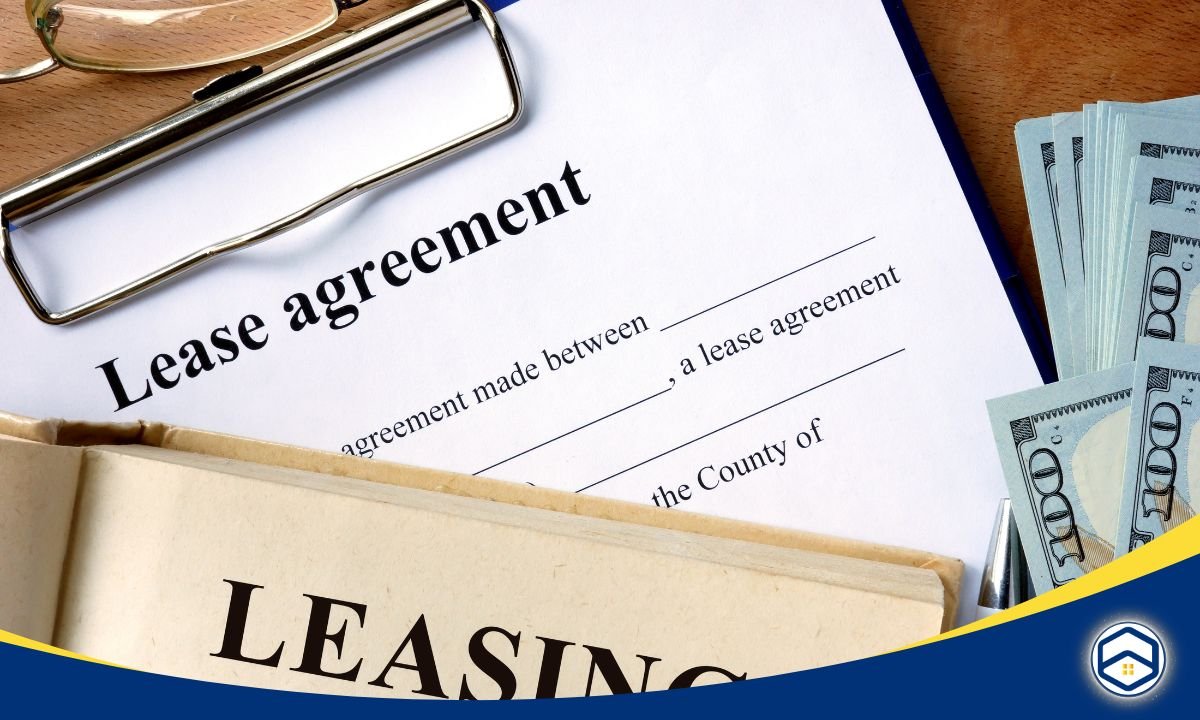Santa Fe, with its unique blend of cultural richness and natural beauty, remains one of the most desirable cities to live in. For medium-income tenants navigating the competitive rental market, subleasing presents a valuable opportunity to find affordable, flexible housing. Whether you’re a student, young professional, or family, subleasing offers a practical way to secure a rental property without the long-term commitments of a traditional lease.
In this guide, we’ll explore Santa Fe sublease opportunities, what subleasing is, the benefits for medium-income tenants, and how to find the best sublease opportunities in Santa Fe. We’ll also dive into market trends for 2025, common challenges, and actionable tips to ensure a smooth and hassle-free subleasing experience.
1. What Is Subleasing?
Subleasing occurs when a current tenant rents out their property (or a portion of it) to a new tenant for the remaining lease term.
Key Features of a Sublease:
- The subtenant pays rent to the original tenant, who remains legally responsible for the lease.
- Subleases can range from short-term arrangements (a few months) to longer terms, depending on the original lease.
- Common in situations where the original tenant needs to relocate temporarily or cannot terminate their lease early.
Subleasing is particularly beneficial for medium-income tenants who need flexibility or are looking to avoid hefty upfront costs often associated with new leases.
2. Benefits of Subleasing for Medium-Income Tenants
-
Lower Upfront Costs
-
-
- Subleases often come with lower security deposits and application fees compared to signing a new lease.
- Furnished units may eliminate the need for purchasing furniture, saving additional costs.
-
-
Shorter Commitments
-
-
- Perfect for tenants not ready to commit to a long-term lease.
- Ideal for professionals or students seeking housing for internships, semesters, or temporary work assignments.
-
-
Access to Prime Locations
-
-
- Subleases in Santa Fe often include properties in desirable neighborhoods that might otherwise be unavailable in the regular rental market.
-
-
Potential for Negotiation
-
- Original tenants may offer discounted rent or additional perks (e.g., free utilities or waived fees) to quickly sublease their property.
3. Challenges of Subleasing and How to Overcome Them
-
Legal and Lease Restrictions
-
-
- Not all landlords permit subleasing. Violating lease terms can lead to complications.
- Solution: Request written approval from the landlord and clarify terms with the original tenant.
-
-
Hidden Costs
-
-
- Some subleases may come with unexpected fees, such as maintenance or utility charges.
- Solution: Request a breakdown of all costs before signing the sublease agreement.
-
-
Limited Property Rights
-
-
- Subtenants often have fewer rights compared to primary leaseholders.
- Solution: Ensure that terms like maintenance responsibilities and privacy are included in the agreement.
-
-
Trust Issues
-
- Working with an unfamiliar tenant or landlord can create trust concerns.
- Solution: Use reputable platforms and verify all documents before committing to a sublease.

4. The Santa Fe Sublease Market in 2025
Santa Fe’s rental market is evolving, with subleasing becoming a preferred option for both tenants and landlords.
Key Market Trends:
-
Seasonal Demand:
-
-
- Santa Fe experiences high rental activity during the summer and fall, coinciding with tourism and academic schedules.
- Sublease opportunities often peak in the off-season when tenants seek to relocate.
-
-
Furnished Subleases:
-
-
- Many subleases come furnished, making them ideal for medium-income tenants looking to save on setup costs.
-
-
Neighborhood Hotspots:
-
-
- Subleases in areas like Downtown Santa Fe, Railyard, and South Capitol are in high demand due to their proximity to cultural attractions and amenities.
-
-
Flexible Lease Duration:
-
- Landlords and tenants are offering shorter subleases to accommodate seasonal workers, digital nomads, and students.
5. How to Find the Best Santa Fe Sublease opportunities
-
Online Platforms
-
-
- Use websites like Craigslist, Apartments.com, and Facebook Marketplace to search for subleases in Santa Fe.
- Specialized platforms such as Sublet.com and Airbnb (for extended stays) also list sublease options.
-
-
Local Networks
-
-
- Ask friends, coworkers, or community groups for sublease recommendations.
-
-
University and Job Boards
-
-
- Students and professionals often post sublease openings on university bulletin boards or local job forums.
-
-
Work with Rental Agencies
-
-
- Some property management companies in Santa Fe handle sublease agreements, ensuring smoother transactions.
-
-
Social Media Groups
-
- Look for Facebook groups or local forums dedicated to Santa Fe housing.
6. Negotiating a Sublease: Tips for Medium-Income Tenants
-
Understand Your Budget
-
-
- Determine how much you can afford, including rent, utilities, and other expenses.
- Keep in mind Santa Fe’s average rental rates, which range between $1,200 and $1,800 for medium-sized units.
-
-
Inspect the Property
-
-
- Visit the unit to check its condition, furniture, and amenities. If unavailable, request a virtual tour.
-
-
Clarify Responsibilities
-
-
- Confirm who handles maintenance requests, utility payments, and other obligations.
-
-
Negotiate for Discounts
-
-
- If the original tenant is in a rush to sublease, you might negotiate reduced rent or waived fees.
-
-
Get Everything in Writing
-
- Ensure the sublease agreement includes clear terms for rent, duration, deposits, and move-out conditions.

7. Top Santa Fe Neighborhoods for Subleasing
-
Downtown Santa Fe
-
-
- Why Rent Here: Proximity to historic sites, art galleries, and restaurants.
- Average Sublease Rent: $1,500–$2,000.
- Ideal For: Professionals and art enthusiasts seeking an urban vibe.
-
-
South Capitol
-
-
- Why Rent Here: Quiet residential streets with a mix of apartments and single-family homes.
- Average Sublease Rent: $1,200–$1,800.
- Ideal For: Families and medium-income tenants desiring a suburban feel close to downtown.
-
-
Railyard District
-
-
- Why Rent Here: A lively area with markets, breweries, and cultural events.
- Average Sublease Rent: $1,400–$1,900.
- Ideal For: Young professionals and creatives.
-
-
Cerrillos Road Corridor
-
- Why Rent Here: Affordable options and easy access to shopping and public transport.
- Average Sublease Rent: $1,000–$1,500.
- Ideal For: Budget-conscious tenants.
8. Budgeting Tips for Medium-Income Tenants in Santa Fe
-
Track Expenses
-
-
- Use budgeting apps to monitor your income and spending.
-
-
Prioritize Essentials
-
-
- Allocate funds for rent, utilities, and groceries before non-essential expenses.
-
-
Explore Roommate Options
-
-
- Sharing a sublease with a roommate can significantly reduce costs.
-
-
Negotiate Utilities
-
-
- Ask if utilities are included in the sublease agreement to avoid unexpected bills.
-
-
Look for Move-In Discounts
-
- Some subleases offer reduced rent for the first month or waive deposits to attract tenants.
9. Legal Considerations for Subleasing in Santa Fe
-
Landlord Approval
-
-
- Ensure the landlord permits subleasing; otherwise, it could result in legal disputes.
-
-
Review the Lease Agreement
-
-
- Read the original lease to understand the restrictions or penalties tied to subleasing.
-
-
Document Everything
-
-
- Keep copies of all correspondence and agreements to protect your interests.
-
-
Renter’s Insurance
-
- Consider purchasing renter’s insurance to safeguard your belongings.

10. Transitioning to a Full Lease After Subleasing
Subleasing can be a stepping stone to signing a full lease. Here’s how:
-
Build a Good Relationship
-
-
- Maintain open communication with the original tenant and landlord. A positive impression could lead to a permanent lease offer.
-
-
Demonstrate Reliability
-
-
- Pay rent on time and take care of the property to showcase your responsibility as a tenant.
-
-
Monitor Market Opportunities
-
- Use your time as a subtenant to explore the Santa Fe rental market for future leasing options.
Conclusion
Santa Fe sublease opportunities offer medium-income tenants an affordable and flexible way to enjoy the city’s vibrant lifestyle. By understanding the benefits and challenges of subleasing, following the tips outlined in this guide, and staying informed about market trends, you can secure a rental that fits your needs and budget in 2025.
Start exploring sublease options today to find your ideal Santa Fe home without compromising your financial stability with Hexapm.











